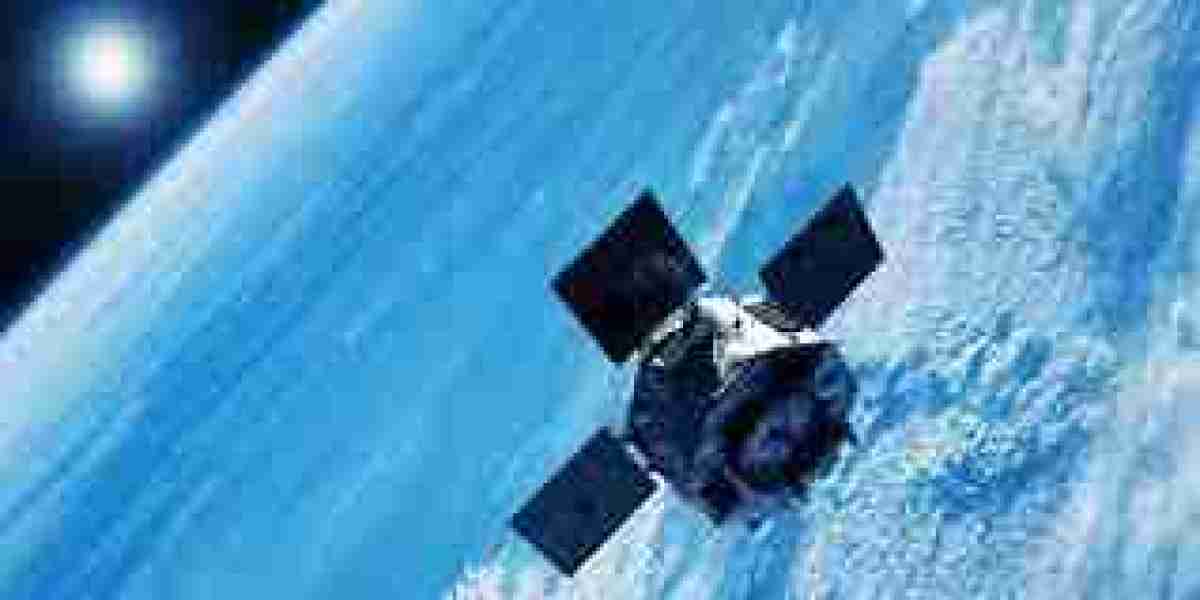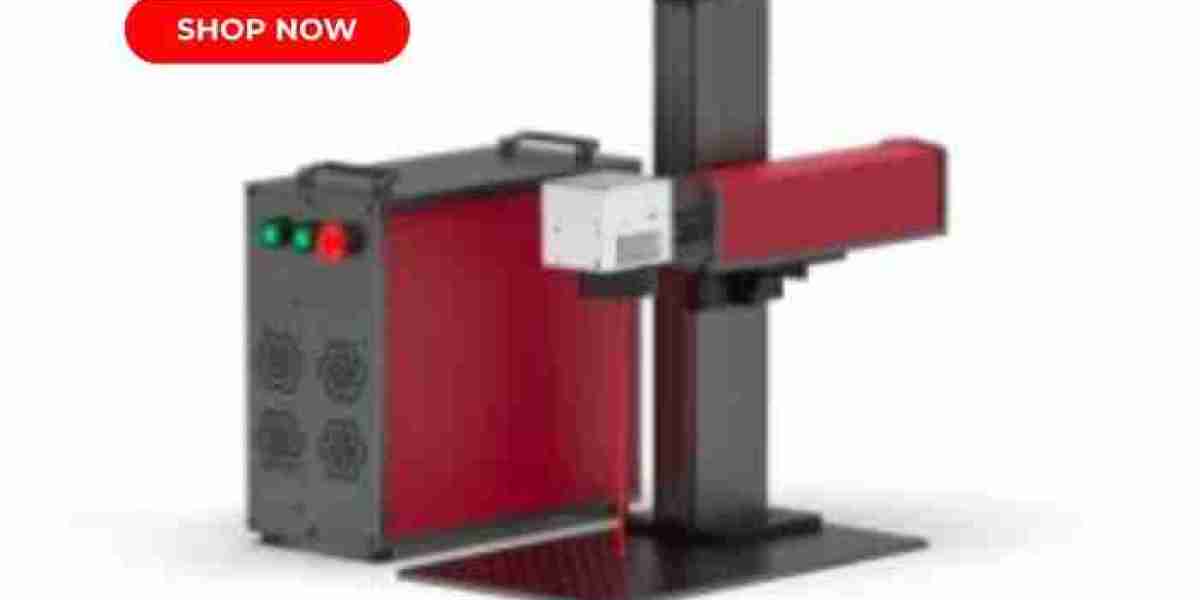The Small Satellite Market is rapidly advancing through the integration of artificial intelligence (AI) and machine learning (ML), ushering in a new era of intelligent, autonomous, and data-driven space missions. These compact spacecraft increasingly rely on onboard analytics and autonomous decision-making, enabling faster insights, greater operational efficiency, and enhanced responsiveness across applications ranging from Earth observation to telecommunications and defense.

Revolutionizing Small Satellites with AI-Driven Intelligence
Historically, small satellites served primarily as data collectors, transmitting raw imagery and sensor readings to ground stations for processing. Today, AI and ML onboard these platforms enable real-time data analysis, anomaly detection, and adaptive mission control. Satellites can autonomously identify targets of interest, compress data intelligently, and decide whether information should be relayed to ground stations, dramatically reducing latency and bandwidth requirements.
This move toward “smart satellites” allows small satellite constellations to operate more efficiently, delivering only prioritized information to end users and reducing reliance on extensive local infrastructure for data processing.
Applications in Earth Observation and Environmental Analytics
Small satellites equipped with AI-enhanced payloads are transforming environmental monitoring. Machine learning models process multispectral or hyperspectral images in real time to detect patterns such as deforestation, urban expansion, crop stress, or wildfire indicators. This near-instant analysis enables quicker response to emerging environmental issues.
For example, custom onboard algorithms can flag anomalies like rapid changes in vegetation health or thermal hotspots, making data actionable within minutes of capture. This real-time feedback loop is invaluable in precision agriculture, disaster mitigation, climate modeling, and ecological research.
Smarter Communications and Resource Management
AI-equipped small satellites also optimize satellite communications and resource usage. Dynamic scheduling algorithms help manage constellation-wide data flow, adjusting downlink schedules based on priority, satellite visibility, and bandwidth constraints. Satellites can autonomously assign communication slots, detect congestion, and reroute data transfer pathways across the constellation.
This level of autonomy enhances reliability and flexibility critical for IoT connectivity, remote sensing networks, and global telecommunication services that depend on efficient and resilient infrastructure.
Autonomous Navigation and Collision Avoidance
Onboard AI is powering greater autonomy in navigation and collision avoidance for small satellites. Rather than waiting for ground-based commands, satellites can use ML models that interpret space situational awareness data to anticipate conjunction events and initiate evasive maneuvers independently. This reduces risk and human oversight, particularly essential for large constellations operating in congested Low Earth Orbit (LEO).
This autonomous capability supports mission resilience, enabling satellites to adjust course and maintain continuity in the face of changing orbital conditions and potential threats.
Enhancing Search and Rescue and Emergency Response
In emergency scenarios, AI-embedded small satellites become critical assets. They can detect distress signals, monitor evolving disaster zones via thermal/optical sensors, and deliver analyzed insights quickly. ML models onboard can identify flood zones, fire spread, damaged infrastructure, or stranded vessels, and transmit prioritized alerts supporting faster coordination, life-saving interventions, and effective resource deployment.
These capabilities are increasingly adopted by humanitarian agencies, governments, and defense organizations to strengthen preparedness and responsiveness.
Commercial Applications and Value-Added Services
AI-enhanced data analytics from small satellites are opening new business models in commercial sectors. Agriculture companies hire satellite providers that deliver actionable insights such as crop prediction, irrigation scheduling, and disease detection directly from processed data. Similarly, logistics firms use analyzed imagery to track container flows, detect port bottlenecks, and anticipate supply disruptions.
Financial institutions and insurance providers are leveraging satellite-driven AI insights to assess risk, validate claims, and forecast regional economic activity tools that support smarter decision-making across industries.
Ecosystem and Talent Ecosystem Development
The rise of AI-integrated small satellites is fostering a growing ecosystem of developers, software engineers, data scientists, and domain experts. Startups specializing in satellite AI, image analytics, and edge-computing hardware are emerging alongside traditional aerospace companies. Universities and research labs are offering programs combining space systems engineering with AI training, preparing the next generation of satellite technologists.
Satellite-as-a-Service (SaaS) platforms are evolving to deliver clean, AI-analyzed datasets, enabling end-users to access insights without needing domain expertise or analytics infrastructure.
Technical Challenges & Solutions
Several challenges confront AI integration onboard small satellites, including limited power availability, constrained processing resources, and radiation-hardened hardware requirements. Developers are overcoming these constraints through specially optimized ML models, low-power neuromorphic computing chips, and lightweight onboard AI frameworks.
Edge computing advances such as FPGA-based accelerators and efficient neural network compression are enabling satellites to execute complex models in orbit. Data selection algorithms ensure only high-value information is transmitted, optimizing bandwidth use and ground processing costs.
Vision for the Future: Autonomous Global Observatories
Looking ahead, AI-embedded small satellite constellations will evolve toward fully autonomous space-based observatories capable of detecting events, prioritizing data capture, and collaborating with terrestrial networks all with minimal human intervention. In-orbit communication between satellites, advanced payload re-tasking, and real-time mission coordination will enable more resilient, intelligent, and adaptive infrastructures.
Hybrid networks where small satellites interface seamlessly with drones, ground sensors, and IoT systems can enable truly integrated monitoring boosting situational awareness in domains such as disaster resilience, smart agriculture, urban planning, and security operations.
Conclusion
The integration of AI and ML is propelling the Small Satellite Market into new dimensions of autonomy, efficiency, and value. By embedding intelligence in spacecraft, satellite systems are becoming more responsive, mission-flexible, and capable of delivering actionable insights in real time. As AI-enabled small satellite capabilities continue to expand, they will be central to powering next-generation civilian, commercial, and strategic applications around the globe.




